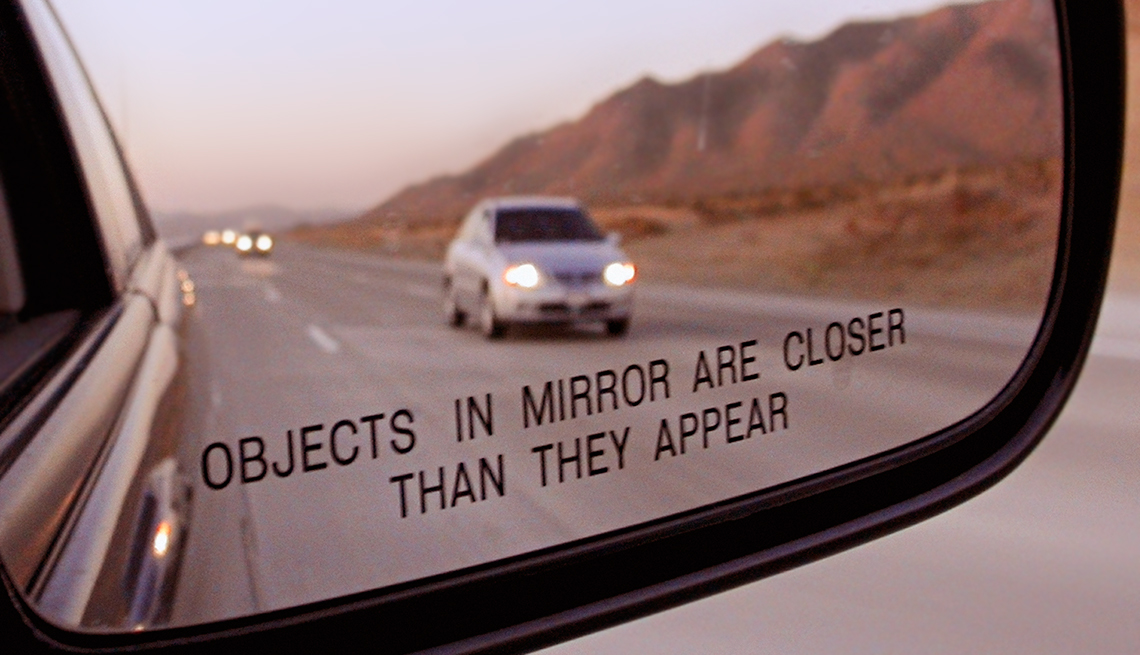AARP Hearing Center
Actual cash value is the fair market value of your vehicle. It’s what you could expect to receive if you sold your car to a private buyer, and it’s what an insurer will base your payment on if your car is stolen or totaled. It is different from replacement cost, which is the cost to replace your old car with a brand new vehicle.
Take the AARP Smart Driver online course
Collision insurance covers damage to your car caused by an accident. The damage can be caused by another vehicle, or by hitting a fence or a tree — or even rolling over without hitting anything. No state requires collision insurance, but an auto loan lender or a car leasing company might mandate that you have it.
Comprehensive insurance covers damage that isn’t related to a collision; it’s for risks like fires, floods, hurricanes, tornadoes or vandalism. This coverage also reimburses you if your car is stolen. No state requires comprehensive insurance, but an auto loan lender or car leasing company might.
Full coverage is not a specific type of policy; rather, it’s a loose term to describe car insurance that is designed to provide thorough protection for property damage and injury. Different insurance providers may have varying ideas about what constitutes full coverage, but it will always include the insurance legally required by your state.
Liability insurance pays others when they suffer losses resulting from an accident in which you’re at fault. This insurance covers both property damage and medical costs. It’s legally required in almost all states. Most people buy more than the minimum levels to protect their personal wealth.
Medical payments insurance is similar to personal injury protection, but is a lot less comprehensive. It covers certain medical expenses, but doesn’t reimburse lost wages, and may not provide a death benefit. It is legally required in just two states. Unlike other coverages, it does not have any deductible.
Personal injury protection covers medical expenses caused by an accident, regardless of who’s at fault in the collision. This coverage also covers lost wages caused by accident injuries, and it provides a death benefit. It is legally required in some states.
Uninsured/underinsured motorist bodily injury coverage pays for bodily injury or death expenses for you or your passengers if you are struck by a driver who has no insurance, or who has too little insurance to cover losses caused by the accident. It also covers you if you’re struck by a hit-and-run driver who can’t be identified.
Uninsured/underinsured motorist property damage coverage pays for damage to your vehicle if you’re struck by a driver who has no insurance, or who has too little insurance to cover losses caused by the accident. It also covers you if you’re struck by a hit-and-run driver who can’t be identified. This type of insurance is legally required in some states.






























































